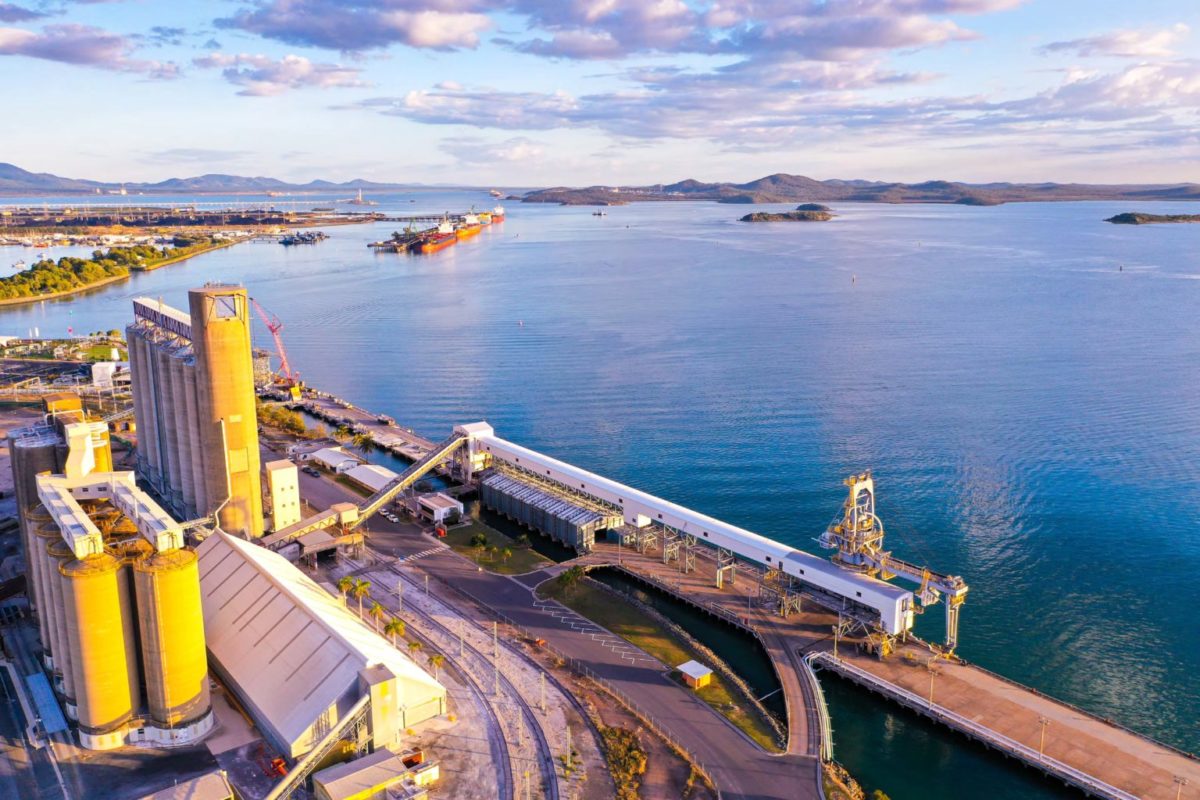Two hundred megawatts of solar, 400 MW of wind, and a minimum 600 MWh of battery energy storage – Energy Estate and Renewable Energy Systems (RES) are finally pushing forward with their planned 2 GW Central Queensland Power (CQP) development in Australia. Initial community drop-in information sessions for the hybrid renewable energy hub, known as the Moah Creek Renewable Energy Project, start next week.
“This is what we do,” Simon Currie, principal at Energy Estate, tells pv magazine Australia, explaining that the company specializes in ambitious hybrid projects that engage with all stakeholders, in the heart of industrial regions with good grid connections.
Energy Estate has more than seven renewable energy projects currently in train, including Walcha Link, a privately funded transmission project that will take most of the 4.5 GW of energy produced by its planned Walcha Energy Project (on which it has partnered with Mirus Wind) to the vicinity of the Hunter Valley’s soon-to-retire Liddell Power station. There it will be used to produce green hydrogen, or it will flow through existing distribution lines to pump up industry in the region with low-cost renewable energy.
Moah Creek will follow a similar plan, with the final combination of generation and storage perhaps still to be adjusted in response to consultations with customers such as Rio Tinto’s Boyne aluminum smelters, which employ more than 900 people on Boyne Island south of Gladstone, or a number of green hydrogen projects in the region.
Competitive industries
“Have you seen what’s happening with aluminum prices at the moment?” asks Currie. “They’re off the charts, and the question is how to green it while it’s at those highs, so that people keep their jobs.”
Energy Estate and RES have what they believe is a no-fail shared vision for the central Queensland region, Matt Rebbeck, CEO of RES, said in the first edition of the Moah Creek newsletter last week. “The CQP project … is perfectly positioned to create jobs, deliver low-cost clean energy and support the competitiveness of the region’s existing heavy industry to lead in the capture of domestic and export opportunities in the transforming energy sector,” he wrote.
RES itself has delivered more than 21 GW of renewable energy projects around the world. It will take the lead at the community information sessions in Kalapa, Queensland, next week, given that the majority of Currie’s team is still in lockdown in Sydney.
Currie says he’s “a little in love with Gladstone,” because he responds to industrial towns, and the surrounding region is also a drawcard as a major employer, a productivity powerhouse … and a renewable energy opportunity.
Popular content
“You look at Biloela, which is a cattle and coal town. Rockhampton is an agricultural center, Bundy [Bundaberg] which is traditionally agriculture as well, and then Gladstone. There are phenomenal opportunities,” he says, echoing the beliefs pursued by not-for-profit Beyond Zero Emissions, in its Repowering Manufacturing campaign, which focuses on the Hunter and Gladstone regions, and with which Currie is also affiliated.
Strong support
He says people in Gladstone and Rockhampton have expressed their support of the Moah Creek project. In discussions with the community and potential offtakers so far, RES and Energy Estate have reminded them that central Queensland has seen it all – including coal and gas extraction – and renewable energy “is not an ideology, it’s just an evolution” of the energy offering.
Currie says the region has the ports and natural resources to take advantage of the energy transition. Where it sits, within the triangle formed by Gladstone, Stanwell and Callide power stations, it also has a workforce that understands energy production.
“I like to build projects close to existing power stations,” he says. “Like we’re doing in the Hunter Valley, because you’ve got the people there who understand power, rather than going out to places in country Australia where no-one has ever run a power station.”
The timeline for the Moah Creek Renewable Energy Project has preliminary ecological surveys under its belt, an indicative site layout, and community engagement is beginning. By late 2022 to early 2023, the partnership hopes to have received a connection to grid offer from Powerlink. And in the 2023-24 period, it anticipates reaching financial close so that construction can commence.
Its message to the surrounding community, expressed in the first newsletter, is that a project of this size will have an impact, not only on regional opportunities, but on the local landscape for decades to come.
“Given that, we are committed to working hard to deliver honest, early, respectful, considered and comprehensive engagement with the host community and all of the other stakeholders,” says Currie.
This content is protected by copyright and may not be reused. If you want to cooperate with us and would like to reuse some of our content, please contact: editors@pv-magazine.com.



By submitting this form you agree to pv magazine using your data for the purposes of publishing your comment.
Your personal data will only be disclosed or otherwise transmitted to third parties for the purposes of spam filtering or if this is necessary for technical maintenance of the website. Any other transfer to third parties will not take place unless this is justified on the basis of applicable data protection regulations or if pv magazine is legally obliged to do so.
You may revoke this consent at any time with effect for the future, in which case your personal data will be deleted immediately. Otherwise, your data will be deleted if pv magazine has processed your request or the purpose of data storage is fulfilled.
Further information on data privacy can be found in our Data Protection Policy.